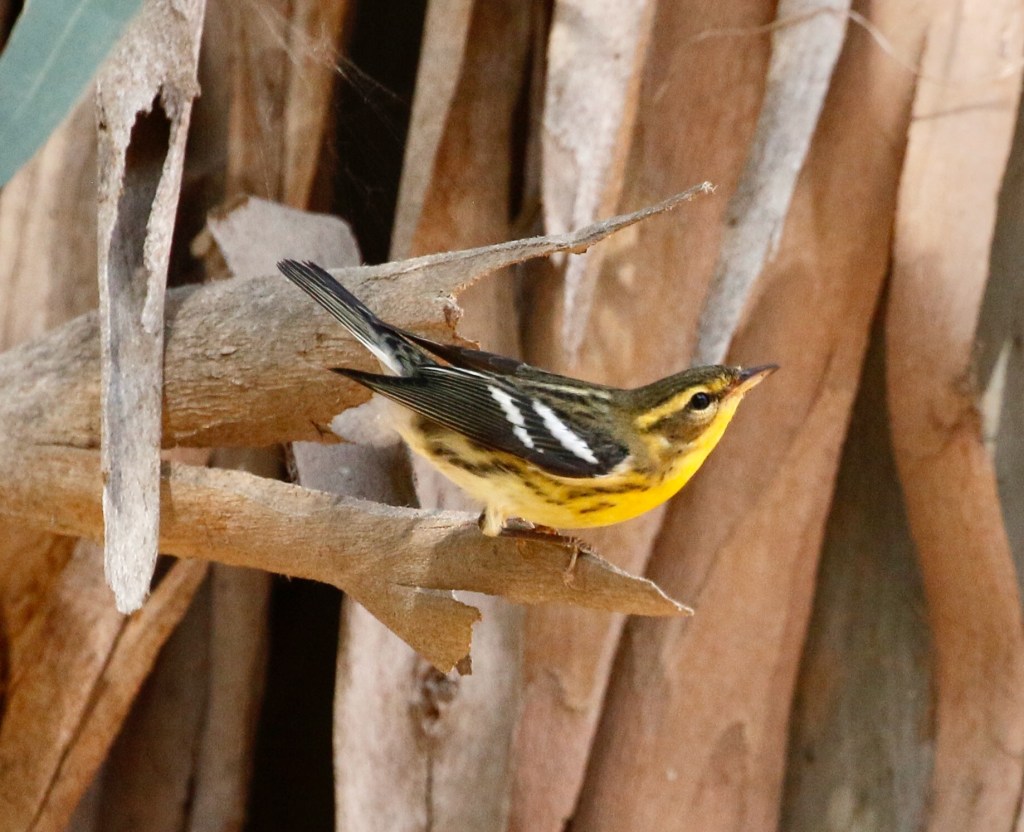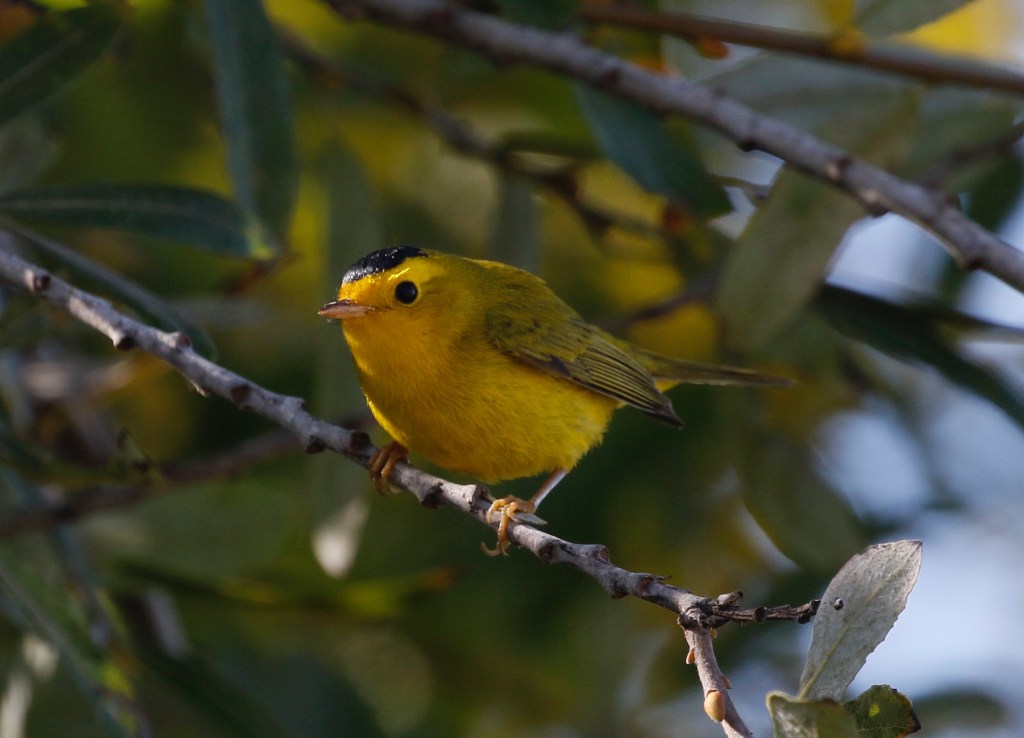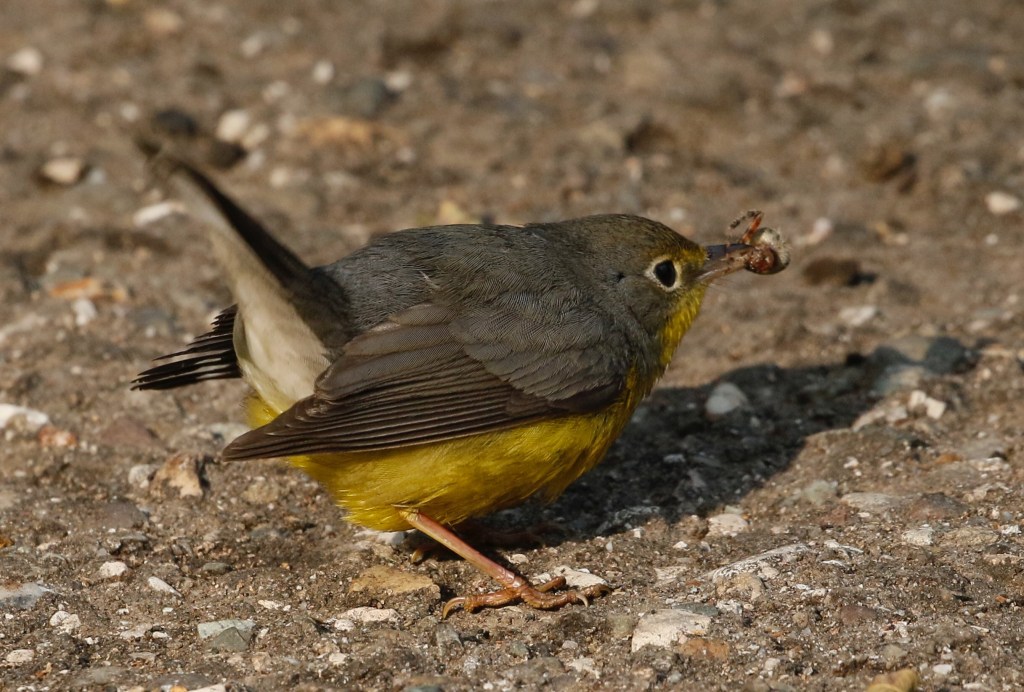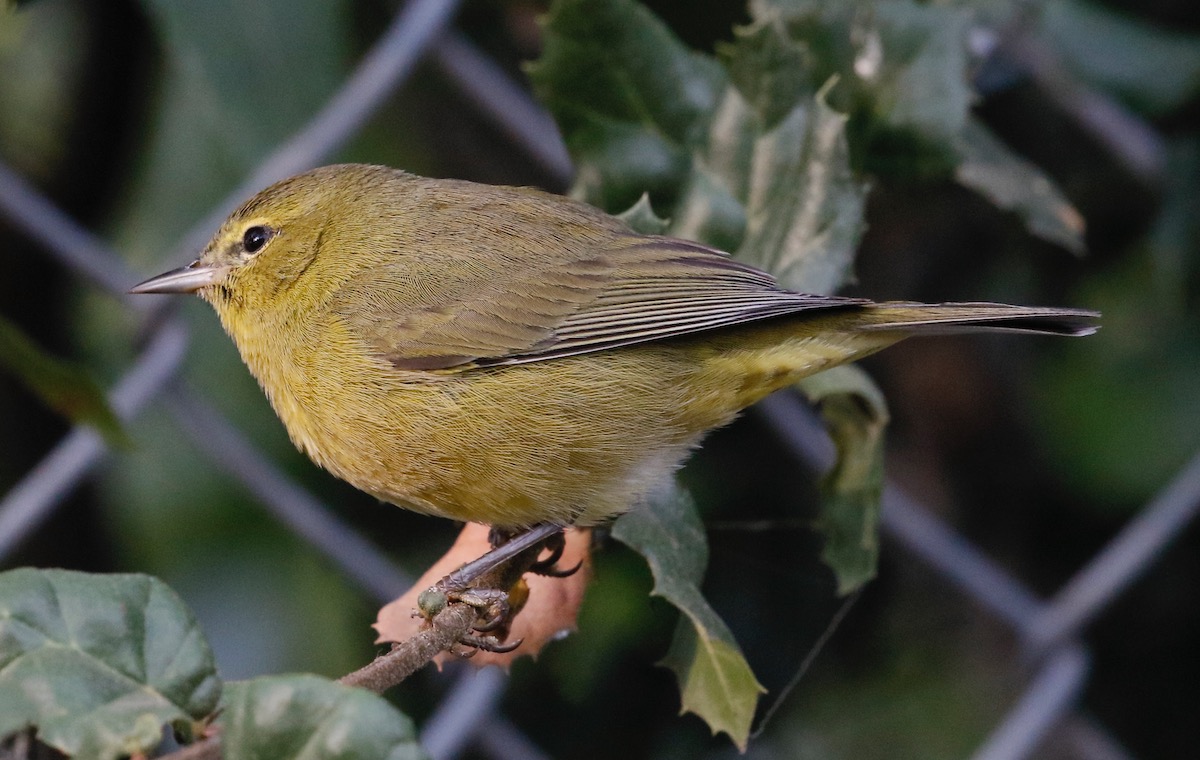The time has arrived that many birders anticipate for long months: fall migration. There are a number of reasons the season is regarded with such fondness. With so many birds on the move, the diversity of what can be seen is huge. It’s also a time to brush up on skills. Many of the vireos, sparrows, and warblers passing though are lookalikes, so you really have to be alert as to which features are crucial for identification, for views are often brief. Lastly, the odds of finding something truly rare are much greater than at any other time of year, and this possibility drives many a birder to check likely spots.
Finding a rarity is like looking for a needle in a haystack, but over the years, birders have learned a few tricks that at least help narrow down which corner of the haystack to look in. The most important factor is to find where the food is that the birds need to replenish themselves on their migration. Birds will flock to the most readily available and nutritious food source. You might think that our local creeks would be the place to look, and at one time this was true. In recent years, however, birders have discovered other places to search, and interestingly, these have changed over time.
In the 1970s and ‘80s, tamarisk trees, a non-native often planted as windbreaks in campgrounds and on farmland, would become infested with leafhoppers, which are an irresistible snack to migrating birds. For one reason or another, most of these rows of trees have been removed in Santa Barbara County. A few years ago, another non-native, the Tipuana tree, widely planted as a shade tree in parking lots, was found to be attracting large numbers of birds because of a pest, the Tipu psyllid, which was infesting the leaves. Indeed, one of the local hotspots attracting birders is the parking lot of a Goleta business park.

The reigning monarch of bird-attracting trees, however, is the red gum eucalyptus (that’s right, another non-native). Many of these trees are infested with a psyllid that exudes a protective white sugary substance known as a lerp. Birds go crazy for these lerps. Birders tend to have a language all their own, and the phrase “lerpy euc” is a recent addition to the lexicon.
So once you’ve found a lerpy euc full of warblers, tanagers, and vireos, how do you go about sorting through them to look for a rarity? At this time of year, birders develop a specific ache known as warbler neck. Identifying these birds is truly a challenge, for many of them are feeding in the topmost limbs of the trees and are nothing but quickly moving silhouettes. The birder has a potent weapon in her arsenal: pishing. If you’ve ever been around birders, you may well have observed this practice in action. Pishing is the sound made by blowing air through your teeth, sort of like the sound you might use to attract a cat, but as loudly and obnoxiously as you possibly can. Indeed, on many occasions while I have been phishing, I’ve been surprised to find a cat rubbing up against my legs.
For some reason, the pishing sound makes birds curious, and they will fly down lower to investigate, often coming within inches of the observer’s head. If you try it — and you should give it a go — be mindful not to over-pish. It does distract the birds and takes them away from their important job of building up fat reserves.

The warbler that most readily comes into phishing is the orange-crowned warbler, a locally common bird whose numbers greatly swell during migration. Don’t expect to see an orange crown on these birds, though; the males only reveal this feature when very excited. The other two greenish-yellow warblers common in lerpy eucs are the Wilson’s and yellow warblers. It’s a good idea to learn the features of these three before making efforts to find the rarer birds.
One place with a few productive lerpy eucs is at the south end of the grassy area at La Mesa Park. I’ve spent the last few mornings birding there. It’s still early in the season for the chance to find the rare warblers from the east, but it’s fun going through the flock and brushing up on my warbler skills. If you were the woman who stopped to ask if I was looking at “a hawk? A peregrine?” and I answered “no” to both questions without elaborating in a seemingly curt way, I honestly wasn’t being rude or standoffish. I was so intently focused on keeping track of a tanager in the treetops I hadn’t yet identified that I was in a world of my own.

Support the Santa Barbara Independent through a long-term or a single contribution.





You must be logged in to post a comment.